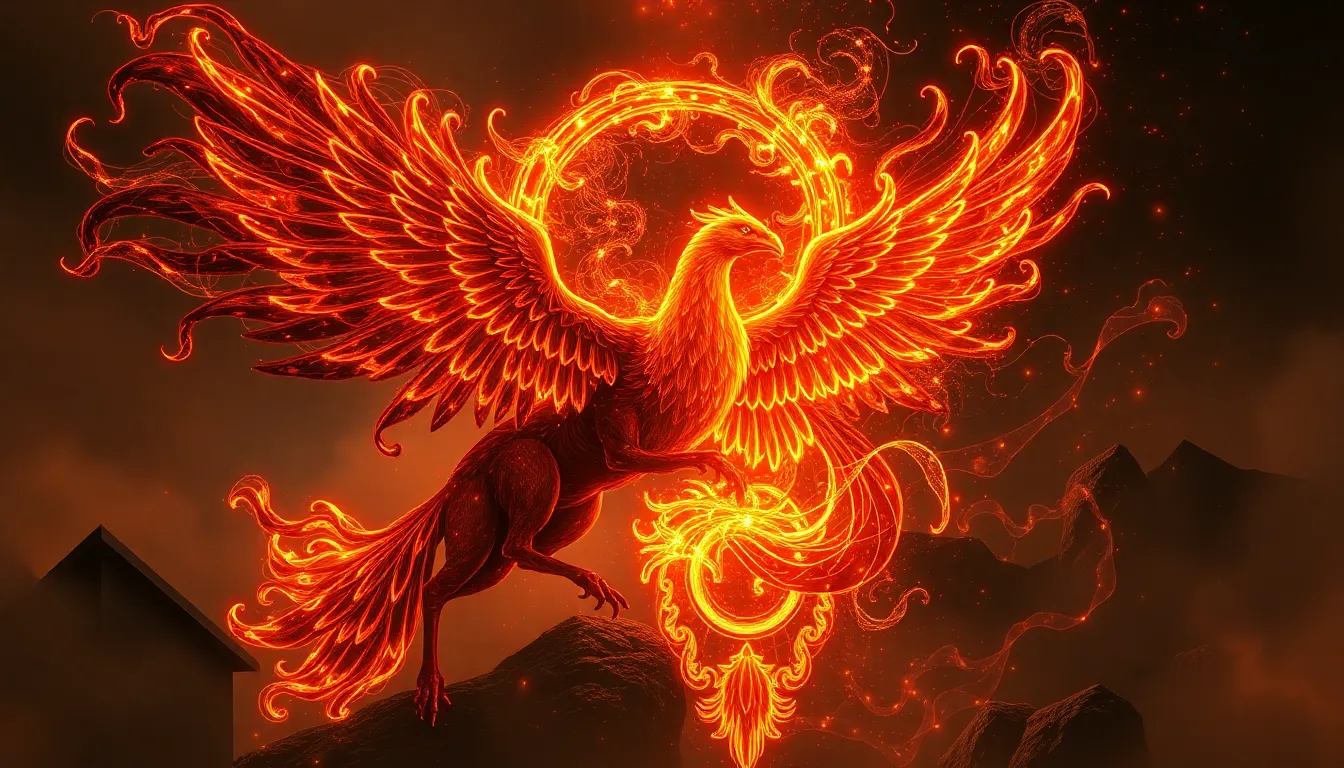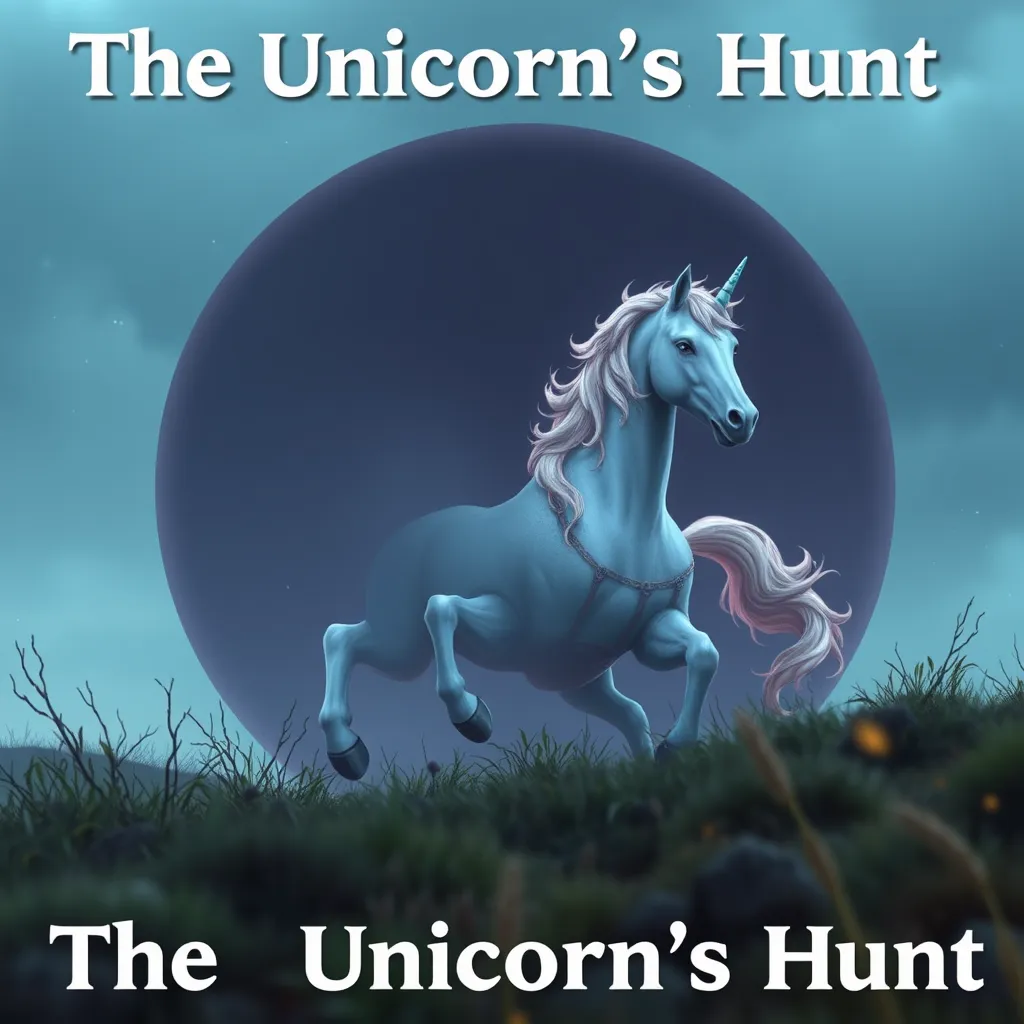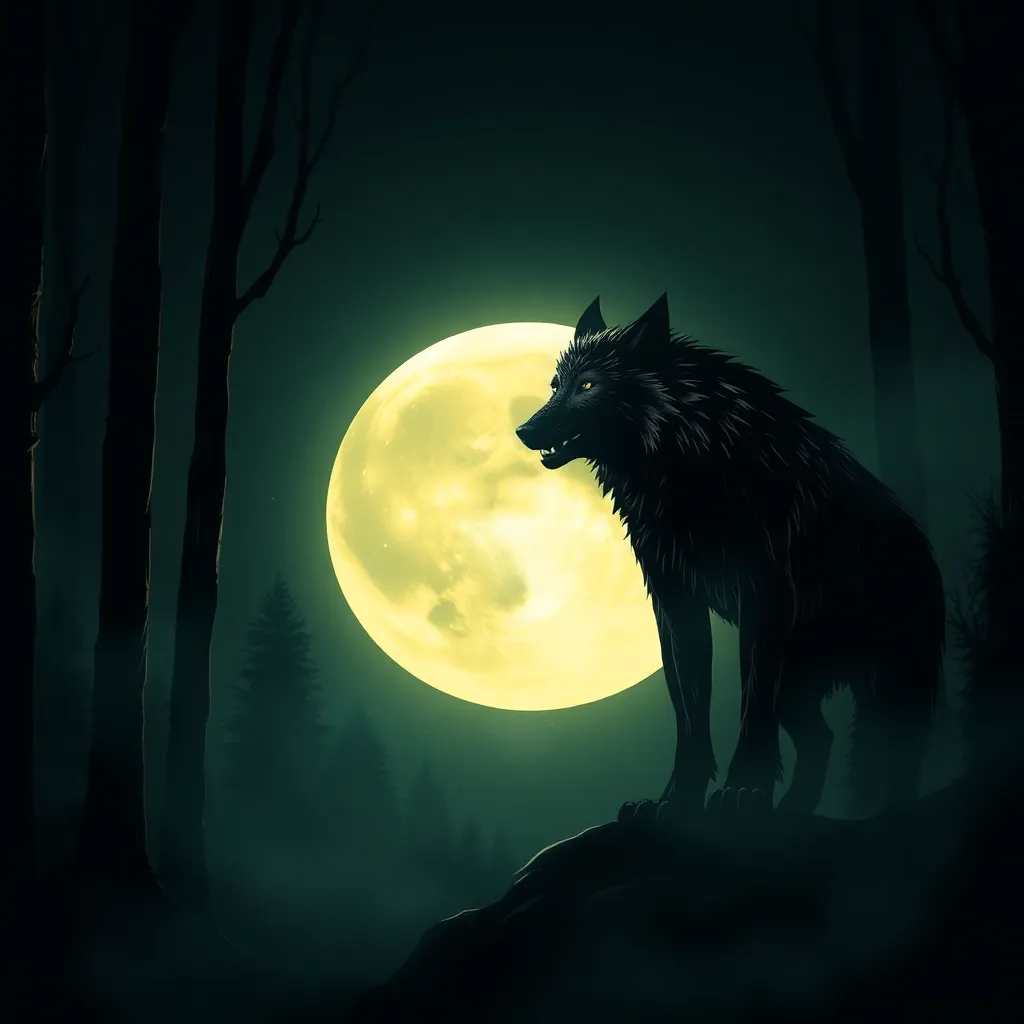From Roc to Phoenix: Exploring Symbolic Connections Across Mythologies
I. Introduction
Mythological creatures have fascinated humanity across cultures and epochs, serving as embodiments of the values, fears, and hopes of the societies that create them. These creatures often play pivotal roles in folklore, representing significant moral lessons and cultural beliefs. Among the myriad of mythological beings, the Roc and the Phoenix stand out due to their powerful symbolism and the rich narratives surrounding them.
The importance of symbolism in mythology cannot be overstated; it provides a lens through which we can explore human experience, connecting us to our ancestors and their understanding of the world. This article aims to delve into the connections between the Roc, a giant bird from Persian and Arabic folklore, and the Phoenix, a legendary creature known for its cycles of rebirth. By examining their characteristics, symbolism, and cultural interpretations, we can uncover the deeper meanings these mythological figures hold.
II. The Roc: A Giant of Persian and Arabic Folklore
The Roc is depicted as an enormous bird, often described as being capable of carrying off elephants and ships. Its size and strength make it a formidable creature in folklore.
- Characteristics: The Roc is often portrayed as a bird of prey, with massive wings and a powerful beak, representing raw power and dominance in the skies.
- Origins: The Roc has its roots in Persian literature, notably featuring in the collection “One Thousand and One Nights,” where it serves as a symbol of the exotic and the unknown.
In these stories, the Roc often protects or threatens sailors, embodying the duality of nature—both a guardian and a predator. The Roc’s symbolism extends to power and protection, making it a revered figure in many cultures.
III. The Phoenix: A Symbol of Rebirth in Global Mythology
In contrast to the Roc, the Phoenix is renowned for its association with rebirth and immortality. This mythical bird is often depicted as bursting into flames and rising anew from its ashes.
- Characteristics: The Phoenix is typically described with vibrant plumage of red and gold, representing the sun and fire. Its beauty and grace symbolize hope and renewal.
- Historical Origins: The Phoenix finds its origins in ancient Greek mythology, where it is linked to the sun god and symbolizes the cyclical nature of life and death.
The symbolism of the Phoenix revolves around transformation, resilience, and the promise of new beginnings, which resonates across various cultures and epochs. This bird serves as a reminder that from destruction can come new life, encapsulating the essence of rebirth.
IV. Comparative Analysis of Roc and Phoenix Symbolism
Despite their differences, the Roc and the Phoenix share several common themes that highlight their symbolic significance in mythology.
- Common Themes: Both creatures embody grandeur and otherworldliness, representing the limits of human experience and the vastness of nature.
- Flight: The significance of flight is paramount in both mythologies, symbolizing freedom and transcendence.
- Guardianship: Each creature serves as a guardian in its own right, with the Roc protecting its territory and the Phoenix symbolizing hope and renewal for those in despair.
V. Cultural Interpretations and Variations
The interpretations of the Roc and the Phoenix vary widely across cultures, showcasing the adaptability of mythological symbols.
- The Roc: In Middle Eastern and Asian cultures, the Roc is sometimes associated with storms and natural disasters, reflecting the unpredictable nature of the world.
- The Phoenix: In Western traditions, the Phoenix is often linked to Christianity, representing resurrection and eternal life, while in Eastern traditions, it symbolizes harmony and balance.
These variations highlight how cultures adapt and reimagine these powerful symbols, integrating them into their own narratives and belief systems.
VI. The Psychological and Archetypal Significance
The Roc and the Phoenix hold profound psychological and archetypal significance, serving as archetypes in the collective unconscious.
- Archetypes: The Roc represents the archetype of the powerful protector, while the Phoenix embodies the archetype of the transformational hero.
- Psychological Impact: These symbols resonate deeply with human experiences of struggle, loss, and renewal, providing a framework for understanding personal and cultural narratives.
In a world often marked by chaos and uncertainty, these mythological creatures offer comfort and inspiration, reminding us of our potential for resilience and transformation.
VII. Modern Representations and Influence
In contemporary literature and media, the Roc and the Phoenix continue to capture the imagination of audiences worldwide.
- Literature and Media: Both creatures have been featured in various forms of storytelling, from fantasy novels to films and video games, often symbolizing the struggle between good and evil.
- Resonance with Modern Audiences: The themes of power, rebirth, and protection resonate strongly in today’s society, where individuals seek meaning and hope amid adversity.
The enduring legacy of these mythological symbols in popular culture highlights their relevance and the universal truths they embody.
VIII. Conclusion
In exploring the symbolic connections between the Roc and the Phoenix, we uncover a rich tapestry of meaning that spans cultures and time periods. Both creatures, with their unique characteristics and profound symbolism, offer insights into the human condition and our relationship with the world around us.
Understanding these mythological symbols in a global context is crucial, as they provide a window into the values and beliefs of different cultures. The Roc and the Phoenix serve as powerful reminders of the dualities of life—strength and vulnerability, destruction and renewal.
As we navigate the complexities of today’s world, the relevance of these mythical creatures endures, inviting us to reflect on our own journeys of transformation and hope.



